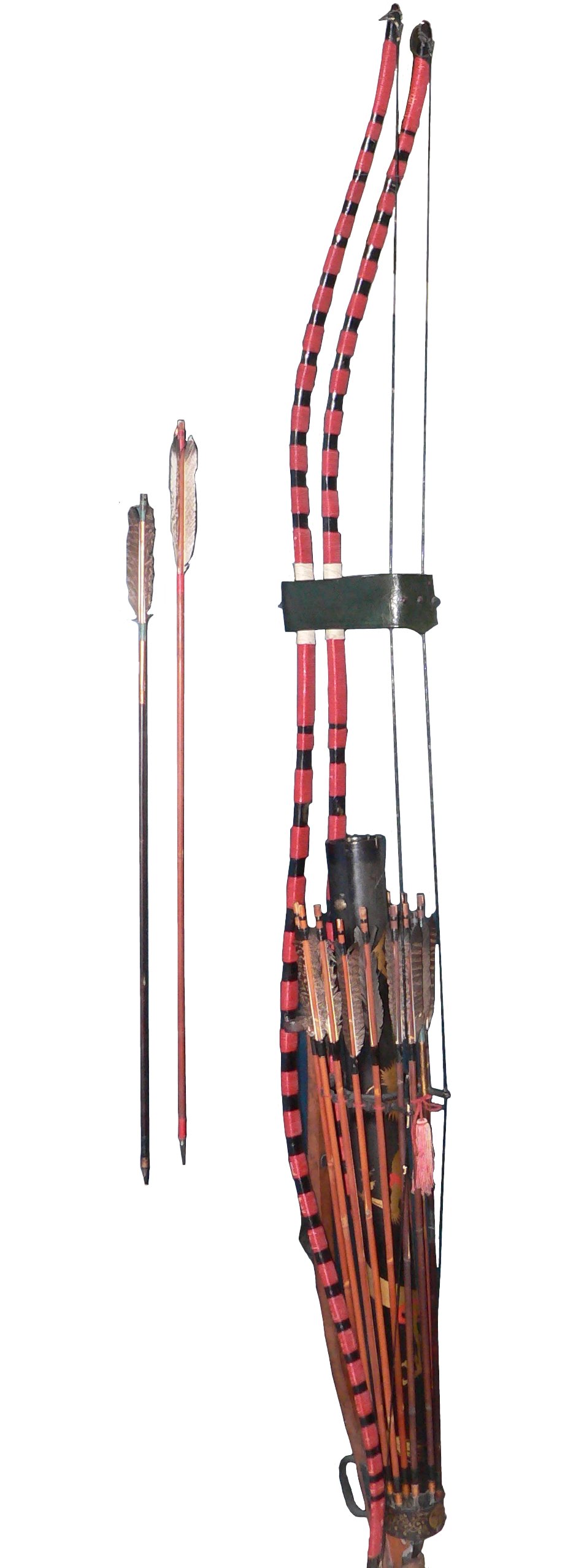In my own opinion and experience, a lot of people who train in the Bujinkan may train for a year or two and earn their black belt. The problem is that they do not even know the Kihon Happo1 properly. They don’t know what a proper omote gyaku is. They don’t really know what they should know. This is mainly because of Hatsumi Sensei judges a person’s rank based on “heart” and“feeling”, which is fine, that’s great. But… if you get your Sandan in Bujinkan, then you should know that, “
Sensei sees in me that I am worth aSandan……someday.” They have to admit to themselves that they don’t know the techniques properly yet.
In this case, Hatsumi Sensei says to go back and find a Shihan that will teach you because he is no longer teaching the basics and that’s what the BKR is really for. There are many 15th Danin the Bujinkan, but some have only been training for five or so years. It because Sensei sees in their heart that they are good people and he gives them these ranks prematurely because of their good heart. But their skill in Taijutsu
is still lacking.
I am not Hatsumi Sensei and do not grade based on heart or feeling. If I give a student a BKR Shodan, that person will know everything that is required in the
Ten Chi Jin Ryaku no Maki2, which Sensei wrote for Shodan.
They will know the material, they can do the material, and they can apply the material. That’s all it really is. It’s no different than what Sensei has taught me in my
over 15 years in Japan.” When I first went to Japan after high school in 1990, there were only a few hundred Godan in the world. Within 20 years, there were several thousand. Who knows how many there are now. Let’s just say Sensei has definitely sped up the process.
Sensei always says that he is not really teaching, that he doesn’t like to teach, and doesn’t want to teach. He says these things about himself and then he says that Takamatsu Sensei was the same way. He says that for a person to learn this art, they have to steal it from him. You have to watch him, pick it up, go home, and practice it. He
won’t teach it to you, you have to figure it out yourself. That’s why I wrote the article jibun denarai (to learn on your own). I interviewed [Hatsumi] Sensei for that article.”
I do believe that it was different back in the early days. The original students are like family to Hatsumi Sensei, he loves them as his own.
So, I believe he taught them all with lots of love and care. Then it was time for him to continue with his job and grow the organization into the international group it has become. From that point on everyone needed to see the Shihan to learn the basics…
but we had to go to Soke to learn the art. This may be a difficult thing to understand for some beginners. In the BKR we also train with weapons quite frequently and I am often asked what I think is the correct phase to incorporate weapons into training. Once a student has learned how to do ukemi, shoshin or gogyo, and the Kihon Happo –
or once they get to a basic level, they should start right away with
bokken, and hanbo, and things like that.
There is no real “rank” point where it starts. With the BKR, there are no formal requirements for weapons until after Shodan. Sword kata, bo-kata,

 A Japanese bow with arrows, dating back to Edo period. From
A Japanese bow with arrows, dating back to Edo period. From